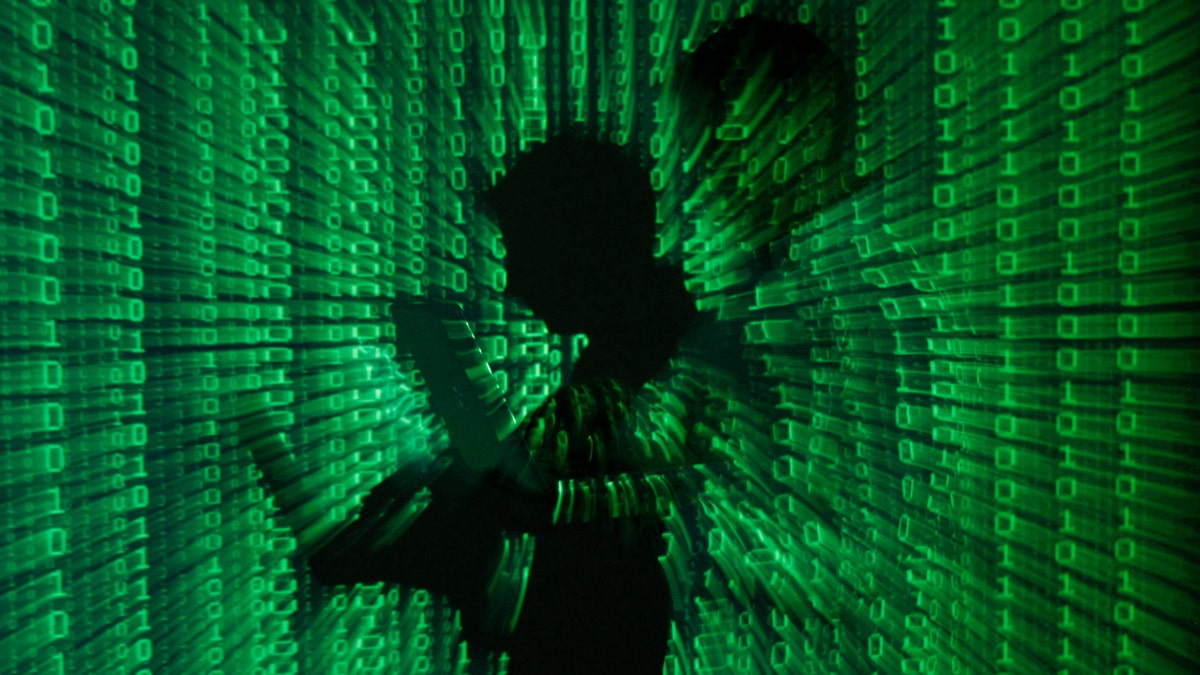
Illustration picture. (REUTERS/Kacper Pempel)
Mobile healthcare applications for the iPhone and Android – for tracking one’s fitness, prescriptions and doctors’ appointments – are expected to be the biggest medical technology trend in 2015, physicians and other experts told FoxNews.com.
According to the mHealth App Developer Economics 2014 report, there are now 100,000 apps dedicated to mobile health, a number that has doubled over the last two years. This study shows the global health and fitness mobile app market is worth about $4 billion, but is poised to increase to $26 billion by 2017.
According to figures from the Google Play Store, diet tracking app MyFitnessPal was the most downloaded application under the health and fitness category this year. Runners-up included Google Fit, Apple’s Health app, and Microsoft Health.
The growth of electronic health records is also fueling the expansion of mobile health technology.
According to a Harris poll of 2,045 adults conducted earlier this year, the number of patients with online access to their records has almost doubled over the past three years, growing from 26 percent in 2011 to 50 percent in 2014. Some 75 percent of respondents reviewed test results online, making it the most popular use of electronic health records. Scheduling appointments online was done by 64 percent of patients, while submitting medication refill requests was performed by 59 percent, according to the Harris pollsters.
It’s not just the U.S., however, which is seeing growth in mobile health tech.
“Demand for mobile-based diagnostic tools is growing from urban Mexico to rural Botswana to American homes,” June Sugiyama, director of Vodafone Americas Foundation told FoxNews.com. “The strategic use of mobile data, the range of diseases being targeted via mobile device, the approach by which they’re being piloted, and how they’re being brought to market is rapidly advancing.”
Sugiyama predicts “exponential growth of mobile-enabled diagnostic/screening tools,” next year, including mobile phones used as a screening tool for cervical cancer and an attachment for imaging of the retina to provide early detection of diabetic retinopathy, the planet’s primary cause of blindness.
As part of this trend, the U.S. National Science Foundation (NSF) awarded a five-year $3-million grant to Cornell University researchers earlier this year to expand the deployment of mobile technologies that can be used to provide healthcare in remote areas that would otherwise be underserved.
In addition to boosting access to healthcare, mobile technology can also reach those patients for whom exercise and health are considered boring. To help them, mobile developers are working with psychologists, behaviorists and engineers to make mobile health applications more fun and engaging for the non-athlete. “The healthcare industry is gearing up for the ‘gamification’ of healthcare – finding ways to make positive behavioral change more fun,” Michael Mancuso, CEO of Philips Healthcare’s Patient Care and Monitoring Solutions group, told FoxNews.com.
Along these lines, look for more wearable mobile medical devices incorporated into clothing, rather than embedded in a smartphone. “Imagine the kind of data we could capture if patient monitors were as small as a dime. As sensor technology evolves, the industry will move toward more unobtrusive monitoring options that will be able to capture patient vitals and other data from sensors embedded into clothing or other materials,” said Mancuso. “We could give patients a robe or necklace as soon as they enter the hospital, and monitor their journey across the health continuum, allowing clinicians to make more informed diagnosis and effective treatment plans. This kind of technology can also be critical in identifying physiological changes from a distance, making it easier to monitor patient traffic, especially during an epidemic.”
According to Kurt Roemer, chief security strategist of Citrix, these health sensors, in time, may lead to new treatment applications.
“Factors such as sleep analysis, continuous monitoring of blood glucose for diabetics, blood pressure readings, pulse and heart rhythms, and even average levels of activity based on steps taken can provide doctors and clinicians with a much more complete assessment of a person’s health condition,” Roemer told FoxNews.com. “Collecting, analyzing and securely providing data from personal health sensors is already a burgeoning industry within the medical and consumer wearable markets and we can only expect to see more widespread integration with existing telemedicine and health management platforms. We should also expect to see a marked increase in virtual consultations with both general practitioners and specialists as the platforms become more focused on providing faster and more relevant services to their users using global resources. Remote diagnostic tools and personal telemetry will inevitably lead to reduced physical visits, allowing healthcare providers to balance response, cost, convenience, efficacy, accuracy, and compliance.”
